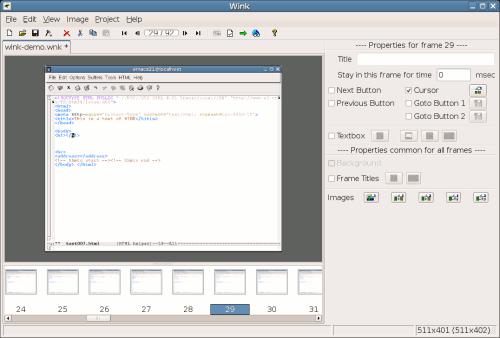

Nonetheless, just to play it safe, I've used -colors 255 for the examples above. Lets convert a JPEG image to a lossless JPEG-2000 image: magick wizard.jpg -quality 0 wizard.jp2. Unless otherwise noted, each option is recognized by the commands: convert and mogrify. If you want a description of a particular option, click on the option name in the navigation bar above and you will go right to it. Use this command to convert a JPEG-2000 image to the PNG image format: magick wizard.jp2 wizard.png. ImageMagick PNG Poor Quality Ask Question Asked 1 year, 5 months ago Modified 1 year, 5 months ago Viewed 300 times 0 I need to take and image, size it down and crop it - then overlay another transparent mask PNG and mask the image below. Below is list of command-line options recognized by the ImageMagick command-line tools. +1 for emphasizing 'PNG compression is always lossless' and 'tradeoff is between compression speed and final size'. ImageMagicks JPEG-2000 image formats, JP2 and JPC, accept a plethora of encoding options as detailed below. The best delegates are Inkscape first and then RSVG and then IM internal MSVG (XML). The best delegates are Inkscape first and then RSVG and then IM internal MSVG (XML). I use imagemagick: convert SOURCEFILE -background transparent -resize 256x256 -define icon:auto-resize'256,128,96,64,48,32,24,16' OUTPUTFILE.

*) In the comments below, it is suggested that -colors 255 is necessary "to reserve one entry for the 'background' color." Based on my testing, I have not observed this to actually be the case using -colors 256 will still produce an 8-bit colormapped PNG, with quantization artifacts qualitatively similar to, but differing in details from, the output with -colors 255. In any event, the PNG compression process is always lossless. fmw42 wrote: T08:28:35+01:00 Imagemagick uses delegates to convert svg to raster such as png. Quantized with convert input.png -colors 255 PNG8:output.png*.Quantized with convert input.png PNG8:output.png.

Quantized with convert input.png -colors 255 output.png*.Anime4K is an open-source, high-quality anime upscaling algorithm.
#IMAGEMAGIC PNG QUALITY PORTABLE#
Quantized with pngquant 256 output.png Reference library for supporting the Portable Network Graphics (PNG) format.Using it, converting a 32-bit RGBA PNG into an 8-bit colormapped PNG with minimal quality loss is as easy as: pngquant 256 output.pngĪs a quick demonstration, here's a simple test picture (a star with a semitransparent drop shadow) converted to 8-bit PNG using various methods: Unfortunately, at least based on my tests using ImageMagick 6.8.9, the resulting images have some rather weird and quite unnecessarily ugly color quantization artifacts.įortunately, there's a much better tool for this specific job: pngquant. It's possible to produce indexed 8-bit PNGs using ImageMagick by not using the PNG8: specifier, but simply using -colors 256 or -colors 255* to reduce the number of colors in the image. This is the metadata I get using gdalinfo: Driver: GIF/Graphics Interchange Format (.Apparently, even though the PNG format actually allows any and all of the colors in an 8-bit indexed color PNG to be fully or partially transparent, ImageMagick's "PNG8" format specifier only supports GIF-style 1-bit transparency. However, I get a very optimised version that seems to be paletissed and just one channel. I have tried this: convert -type TrueColorAlpha Image.gif Image.png I would like to get a regular PNG image with the expected four channels. In a nutshell, I have a GIF image that I convert to PNG for further processing (with Python rasterio). The difference is that the solution proposed there does not seem to work when you want a PNG as output.


 0 kommentar(er)
0 kommentar(er)
